Emerging US Tech Markets Are Having a Moment
An updated look at tech darlings and what makes them tick, backed by Colliers data.
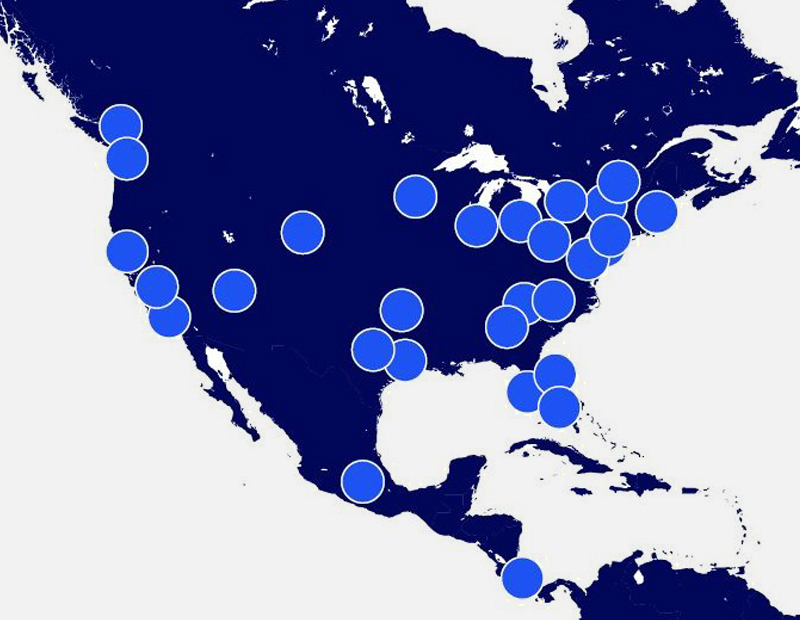
A handful of emerging U.S. tech markets, including Austin, Texas, Pittsburgh, Raleigh-Durham, N.C., and Denver, are solidifying their positions, also rising their profiles on the global stage. Meanwhile, legacy core hubs across the country retain their dominance.
Accounting for multiple labor variables, such as hiring, workforce pool and student population, as well as tech capital flow and local gross domestic product, Colliers’ Global Tech Markets report reinforces some longer-term trends while also offering a handful of surprising nuggets.
A decade ago, you wouldn’t have expected to find Austin in the same league as Los Angeles or Washington, D.C. Yet, the metro stands out as a tech hiring hotspot nationwide while also topping the chart across the Southwest.
Recent corporate relocations and expansions, including Tesla, Oracle and Apple, contributed to Austin’s one-year hiring index in the sector, which clocked in at 0.3, just below Los Angeles’ 0.4 count. The metric uses San Francisco as a baseline.
Despite short-term bumps, Austin heading in the right direction
To be fair, Austin is registering a slight pullback regarding tech worker migration, as many organizations are starting to enforce work-from-office mandates, Colliers President of Occupier Services Jodie Poirier told Commercial Property Executive.
The shift in the corporate landscape also aided Austin’s capital flow, which tied with Houston at 2.5, while also outperforming Washington, D.C. (2.3) and Los Angeles (2.3) for this specific metric. Yet, Poirier added, citing SignalFire’s 2025 State of Tech Report, that the market experienced a 6 percent decline in venture capital-backed firms this year compared to 2024.
Despite some of these short-term challenges, Austin remains well-positioned for long-term growth, Poirier continued. In fact, the metro has been the fastest-growing of the top 30 tech markets since 2020.
Pittsburgh is another market to watch out for, having the highest tech worker density across the Americas. In terms of talent pool, the metro stood toe to toe with New York City, Boston and Washington, D.C. Yet, Pittsburgh is not without its issues, as Google plans to reduce its footprint in the city.
Venture capital kept pouring in as well, putting the metro on par with Atlanta and Philadelphia. What’s more, its capital flow increased by 20 percent on a compound annual growth rate of 10 years.
READ ALSO: BOMA Special Report: Tackling CRE’s No. 1 Challenge
The tech student population was among Raleigh-Durham’s strong points. The market’s talent pipeline index clocked in at 3.0, matching powerhouses such as New York City and Seattle. Unsurprisingly, the metro swept up much of the competition, landing third on the national teaching and research index, just below Boston and San Francisco.
However, the Research Triangle lacks in the tech hiring department, with an index of just 1.5, surpassing only Pittsburgh (1.0), Tampa, Fla. (1.0), Orlando and Albany, N.Y. (1.0). Still, the market might improve on that front, as Apple is set to break ground on a $1 billion campus next year.
Colliers expects the Research Triangle to continue witnessing an influx of venture capital, Poirier told CPE. Although the market’s cost of living has undergone an outsized increase since 2020, the metro has a competitive edge going forward thanks to its combined talent density and relative affordability.
Emerging tech markets in the Mountain West
A solid workforce pool backed Denver’s status as a growing tech market, putting it on par with markets such as Los Angeles, Austin, Orlando and Raleigh-Durham.
Several tech giants made moves in the Denver area, including Google, with a 330,000-square-foot campus in Boulder, Colo., as well as Apple with a 240,000-square-foot lease in the same city. Denver, with its growing digital industry presence, made it into the top 10 U.S. markets ranked by tech GDP per worker.
What’s more, the market’s combination of tech talent and its expanding aerospace and defense sector industries gives it a bright outlook, Poirier commented. Denver’s momentum reflects ongoing trends across the Mountain West region.
Salt Lake City, for example, gained the moniker “Silicon Slopes,” backed by Utah’s attractive demographic profile, while Phoenix underwent a talent densification never seen before, Poirier added. The Valley of the Sun went from a back office, call center market to one of the most desired headquarters locations thanks to the integration of educational institutions and private sector stakeholders.
“While headlines focus on market slowdowns, it’s critical to recognize that these shifts follow historic periods of growth. We’re seeing a more deliberate, strategic approach to location decisions,” according to Poirier.
“Markets like Austin, with the youngest tech labor pool in the country, Raleigh-Durham, known for talent density and relative affordability, and Phoenix, which has evolved from a back-office hub to a top HQ destination, all underscore a common theme: success stems from aligning pro-business environments with quality of life and strong public-private partnerships,” she added.
A zoomed-out view of global tech hubs
Heightened presence of top tech companies is one of the factors linking all emerging metros. Though, everyone has a lot of catching up to do to reach the Bay Area tech market, which leads nationally and globally. Seattle ranked second in the U.S. overall, followed by New York City.
Across Europe, the Middle East and Africa, London took the crown with a score of 4.0, followed by Paris (3.4). In the Asia-Pacific region, Beijing landed first, scoring 3.5 and outperforming Bengaluru, India (3.4). Only 16 markets across the globe had a score of 3.0 or higher.

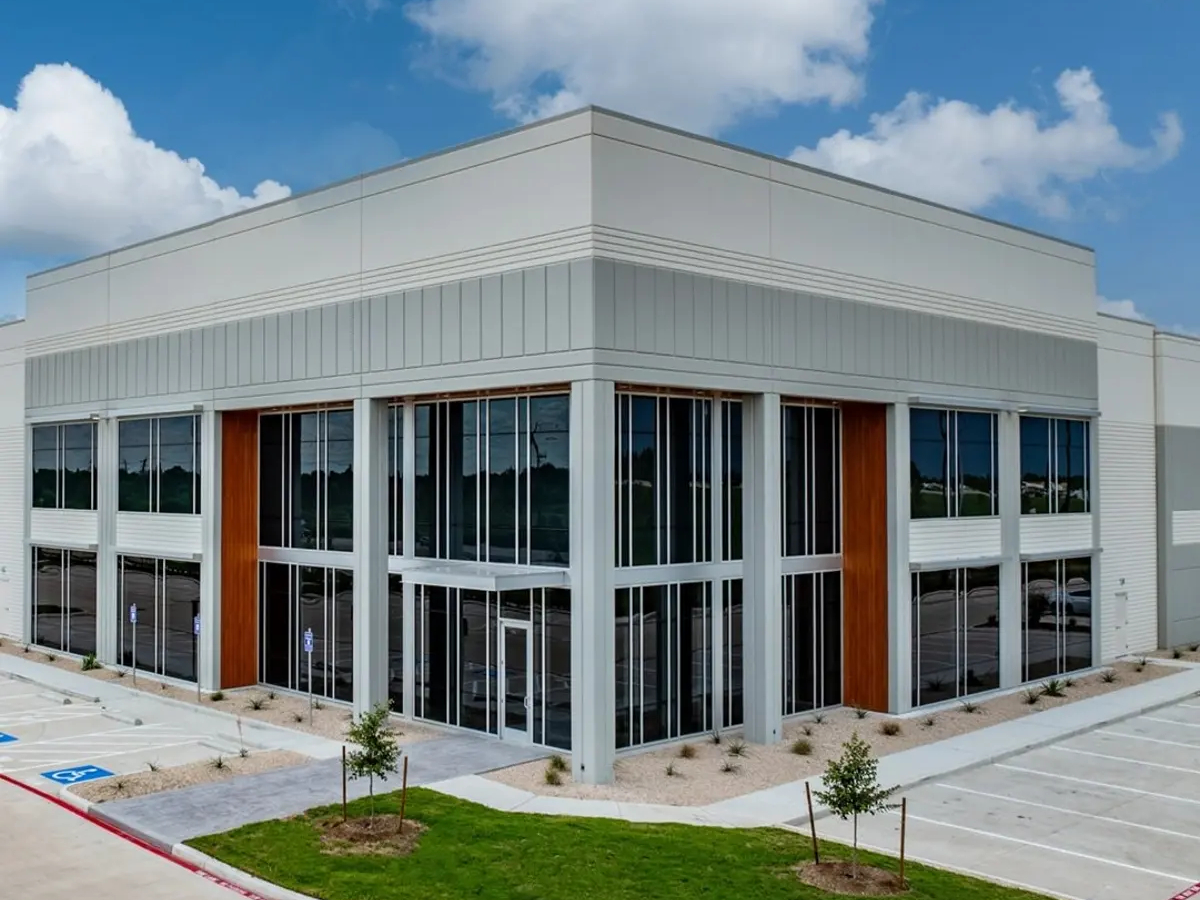
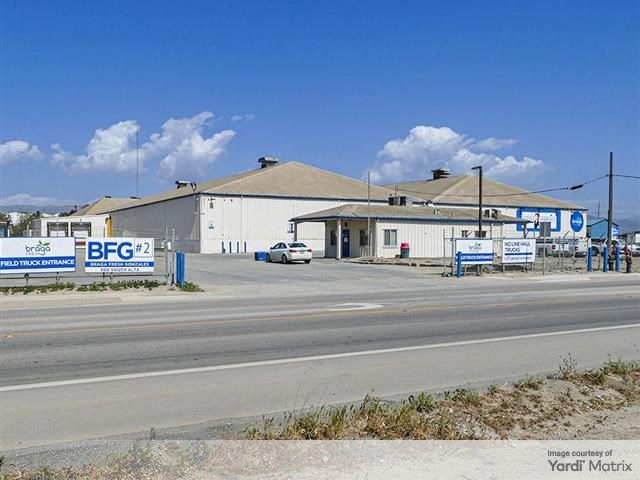


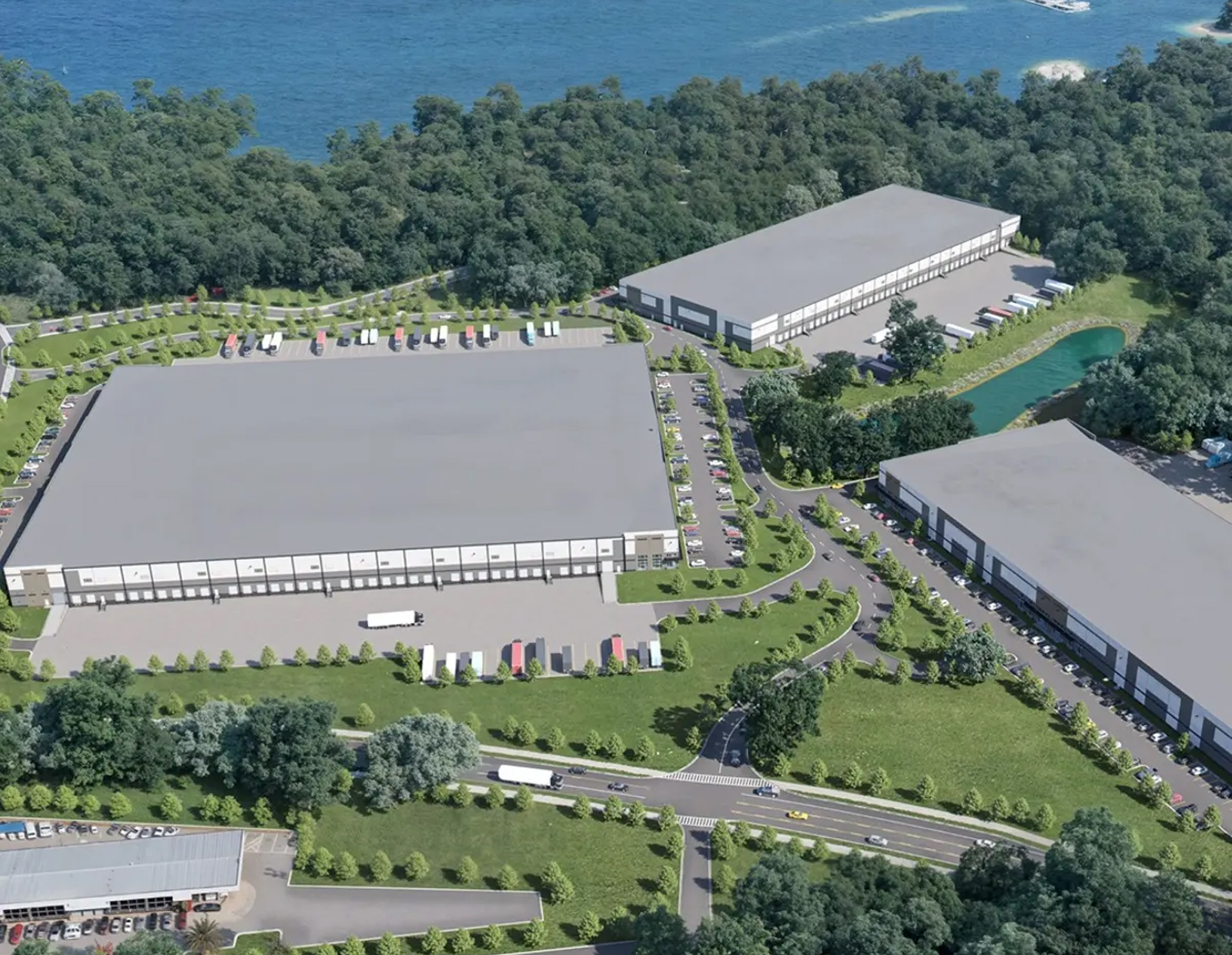
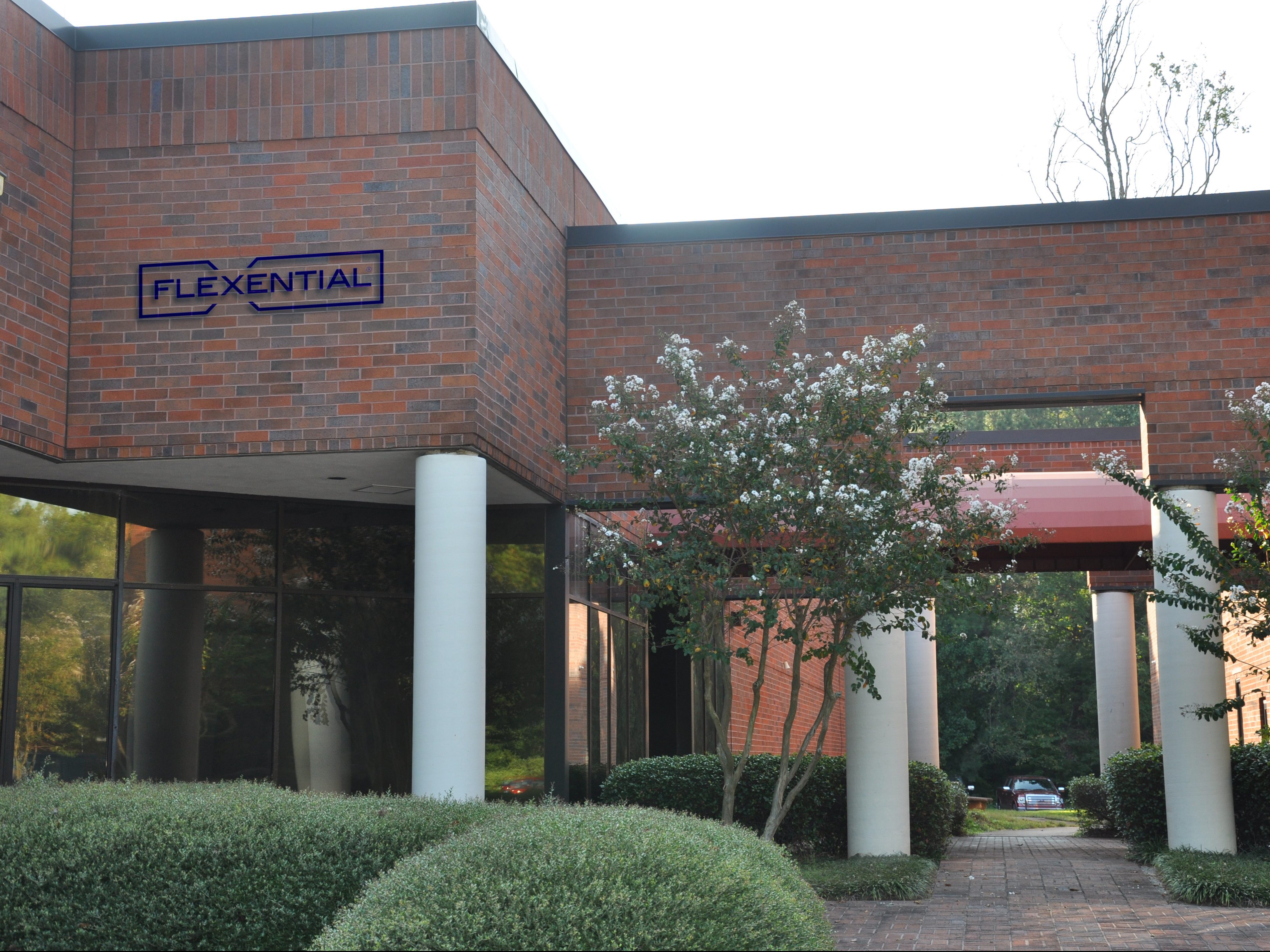
You must be logged in to post a comment.